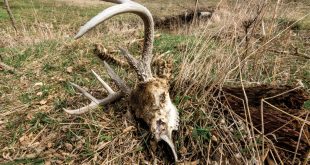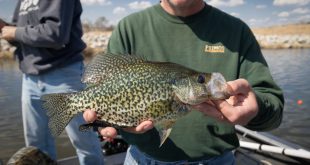Gauging speed in miles-per-hour (mph) began in the 1700s when stage coaches established timetables, then came into common usage with the arrival of railroads and even more so when automobiles appeared on the scene. Estimating the speed of ducks by hunters could not have been far behind, as missing a shot at a duck crossing at 60 mph sounds more accurate that “pretty darn fast” or “zoomed by like a meteor.” But it was not until airplanes became more common that there really was much written about how fast birds fly, ducks in particular. In the early years of such reporting there was often no distinction made between the speed of a mallard being pursued by an airplane and one flying parallel to an airplane at a comfortable distance – the difference between burst speeds and sustained speeds. Outdoor magazines were filled with articles about how fast this duck or that duck could fly.
One of the most reliable sources for waterfowl information in its time, and still mostly accurate today, was Francis Kortright’s The Ducks, Geese and Swans of North America, first published in 1942.
“There is a wide-spread misconception concerning the speed at which birds normally fly, and even regarding the speed they can attain when occasion demands, as when closely pursued by an enemy,” Kortright wrote. “It is not unusual to hear accounts of birds flying ‘a mile a minute’ While undoubtedly some birds can and do attain a speed even greater when pressed, few can develop an air speed of 60 miles an hour.”
Kortright wrote that in the past some sportsmen overestimated the speed at which ducks and geese fly by using “mathematical calculations” based on the velocity of a charge of shot, estimated distance to the bird, and how long a lead was required to hit the duck or goose. If all elements of the equation were known with certainty, he wrote, the speed of flight could be “determined with a fair degree of accuracy,” but noted that most hunters tended to overestimate the distance at which they shot birds.
Kortright listed a number of waterfowl species and their estimated flight speeds under different circumstances. Those estimates have not changed all that much since Kortright’s time, even though more scientific methods are now used, including radar or flying alongside a family of migrating cranes in an ultralight. The fastest duck ever reported was a red-breasted merganser that topped out at 100 mph when pursued by an airplane. Top speed for a canvasback is around 70 mph. Most waterfowl species fly at speeds from 40 to 55 mph. The peregrine falcon, which may reach or exceed 200 mph in a dive, is reported to be the fastest of all birds.
On average, diving ducks are faster than puddle ducks because their relatively shorter and narrower wings are designed for speed, like a fighter jet. Some hunters will be surprised to know among the slowest of ducks are the teal. Blue-winged and green-winged teal are usually thought of as moving at the speed of light, but that is based more on their highly maneuverable flight – able to turn-on-a-dime and then instantly do it again. Sustained straight flight for teal is about 30 mph. All of these speeds are influenced by strength of the wind and the bird’s course relative to its direction. Some birds, such as pintails, attain their fastest “burst speeds” during spring courtship flights.
 Nebraskaland Magazine
Nebraskaland Magazine



